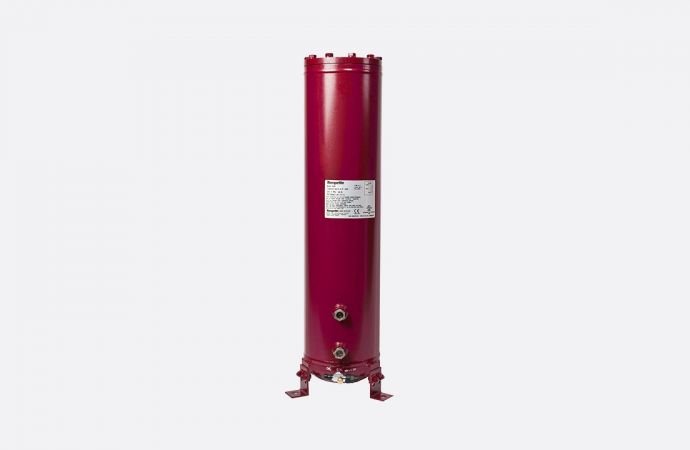The industry group and NGO recommend starting date of January 1, 2023 for capping GWP of AC refrigerants at 750.

In a letter sent last Friday to Mary Nichols, chair of the California Air Resources Board (CARB), the Air-Conditioning, Heating, and Refrigeration Institute (AHRI), along with the Natural Resources Defense Council (NRDC), recommended starting dates and other measures to implement California policies designed to limit the use of HFC refrigerants in air conditioning technologies.
The letter requested that CARB institute an implementation date of January 1, 2023, for regulations banning refrigerants with a global warming potential (GWP) in excess of 750 for all new air conditioners of most types and capacities; the one exception was chillers, which would have an implementation date of January 1, 2024.
Signatories to the letter included Carrier, Lennox and six other manufacturers.
The letter also recommended:
- Robust enforcement and strong disincentives for non-compliance.
- Distribution of products from California to other states in which they are legal for sale if those states’ regulations differ from California’s.
- Working closely with the California Energy Commission to encourage proper installation, commissioning, maintenance, and servicing of HVACR systems to reduce refrigerant leaks.
The letter also supported other U.S. states and municipalities wishing to follow California’s lead on this issue, provided those efforts are harmonized with those of California.
We’re going to work together – states, industry and NRDC – to keep America on track to meet our international obligations."
– David Doniger, NRDC
“We are proud that industry and NRDC have come together to jointly recommend an implementation date that will provide market certainty and environmental benefit,” said AHRI President & CEO Stephen Yurek. “This agreement will provide an ideal balance between environmental benefits and reduced cost impacts for consumers, while providing industry adequate time to prepare for this major refrigerant transition.”
“We’re going to work together – states, industry and NRDC – to keep America on track to meet our international obligations,” said David Doniger, senior strategic director, climate & clean energy program, NRDC in a blog post on nrdc.org.
In March 2017, CARB officially adopted its SLCP (Short-Lived Climate Pollutant) Strategy, which includes limiting the use of high-GWP refrigerants. It contains prohibitions on refrigerants with a GWP of more than 750 for new stationary AC equipment holding two or more lbs of refrigerant, among other prohibitions. CARB expects to implement regulations on these measures next year.
Related stories



